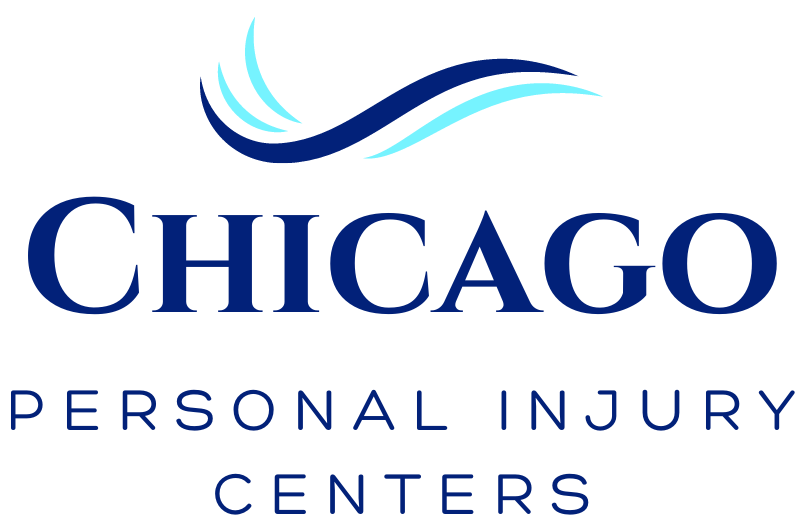Many pain management centers across Chicago provide chiropractic services as one of the popular treatments for a range of injuries and conditions. A few decades ago, many people did not recognize chiropractic care as one of the regular treatments, but science has finally caught on and now recognizes these treatments as among the top options for pain management.
Chiropractic care may be one of your best options if you are experiencing pain or discomfort from either an injury or illness. Most people experience instant relief from chiropractic adjustments. Talk to your doctor or call our Chicago Personal Injury Center at (773) 482-5800 if you are unsure whether chiropractic care is the correct option for you.
Chiropractic Adjustment Has Been Proven to Help Patients Manage Pain
Chiropractic care is one of the most effective treatment options for any age, including both adults and children. Chiropractic techniques are focused on alleviating the symptoms that are affecting the patient’s musculoskeletal system. This can involve treating pain and aches, chronic conditions, injuries, or muscle stiffness. Many people also choose chiropractic adjustments because they prefer a treatment plan that won’t involve having to take prescription medications or having to undergo surgery.
Techniques We Use in Our Chicago Chiropractic Services
You may have heard that chiropractic care can assist with relieving back pain, but you might not be aware that chiropractic care also involves increasing your energy, providing support to your immune system, and can help you to recover faster.
The benefits involved in chiropractic care have been well documented which includes the physical as well as emotional and mental. But you might not know what type of chiropractic service is going to be the correct option for you. Here is a list of the most popular chiropractic techniques along with how each one works:
Diversified Adjustments
This is a technique that uses several mobilization and manipulation methods derived from other common methods such as Toggle Recoil, Thompson, and Gonstead. The main goal with diversified adjustments involves only using the most proven and effective aspects of the other techniques.
One common characteristic of diversified adjustments is an HVLA, which stands for a high-velocity, low-amplitude adjustment. This involves high-velocity, low-amplitude thrusts. The objective of this technique involves restoring proper alignment and movement of joint and spine dysfunction.
Side Posture
Also known as the Lumbar Roll, this technique involves the chiropractor positioning his or her patient on their side. From here the chiropractor applies a precise and quick manipulative movement (thrust) to a misaligned vertebra with the goal of getting the vertebra back into its correct position.
Thompson Drop-Table Technique
This is one of the specific chiropractic techniques that utilizes a table that includes segments known as drop pieces. These segments can then be moved up and down (by a fraction of an inch) so that when the chiropractor applies a thrust, the table drops slightly. The objective of this drop involves distracting (opening) a joint during the process of the adjustment. The segments (drop pieces) help the thrusts while lowering the force that is needed for the manipulation.
Knee-Chest
Chiropractors use the Knee-Chest technique to accurately and gently realign vertebrae at the top of the patient’s spine. After the adjustment or manipulation, you can expect to experience increased energy, pain relief, and noticeable alleviation of your symptoms.
Extremity Manipulation
This technique involves chiropractic adjustment or manipulation of other joints in the body such as the shoulder, hand, wrist, finger, toe, foot, ankle, knee, or hip. Conditions that are commonly treated using this technique include posture-related issues, gait, or carpal tunnel syndrome.
Toggle Recoil Activator
Toggle Recoil is a technique that uses a spring-loaded, hand-held instrument. Rather than delivering a thrust or force by hand, the force will be generated using a small device that delivers quicker and lighter thrusts. This method is often used on patients that do not desire a manual adjustment or manipulation or when a manual manipulation might be contraindicated. The method uses a technique that uses a device to promote spinal or joint manipulation.
This MFMA (mechanical force manual assisted) instrument is a handheld device that is also known as the AAI (Activator Adjusting Instrument or just the Activator.
Also known as the Activator Method Chiropractic Technique, this method delivers reproducible and controlled impulse forces to both the joints that connect the vertebrae and the vertebrae that make up the spine. Originally the Activator was once an instrument that was spring-loaded but has since been upgraded to an electronic device that is designed to deliver a “mechanical” force. Both of these instruments are used to deliver gentle yet target impulses directly to the patient’s spine.
Sacral-Occipital Technique (SOT)
This specific chiropractic method involves the use of triangular-shaped blocks that are typically positioned under the patient’s pelvis to treat issues that have been identified in the area of the lower back. Slow-pressure, low-force types of adjustments or manipulations are also used for addressing joint issues found in a patient’s skull.
Flexion Distraction
Chiropractors also use Flexion Distraction as one of the techniques for a range of lumbar-spine conditions such as sciatica, disc injuries, and lower back pain.
The aim of this method involves increasing spinal motion and fixing herniations or disc bulges. Flexion Distraction involves the use of a specialized table that lets the chiropractor manipulate the patient’s spine and its position. In addition to the moving table, manual techniques are also used by the chiropractor to alleviate pressure in the discs.
The motion of this particular technique also encourages essential nutrients to flow into the discs in the spines which helps them to regain health and to function properly. The method involves helping to lower any pressure that may be present in the nerves in the spine, which is usually the main cause of discomfort or pain. One of the main benefits involved in this method is that it won’t cause any discomfort or pain.
Gonstead Technique
Named after the founder of this method, the Gonstead technique is one of the adjustment methods used for realigning the spine. This method is among the most effective and precise methods used to alleviate pain while promoting the best alignment of the patient’s spine.
The Gonstead Technique involves a hands-on (manual) method where the chiropractor adjusts either the pelvis or lower back. The patient will be lying on his or her side which is a position that will allow the chiropractor to successfully realign any joints that may be causing stiffness, pain, or limiting the patient’s overall mobility. This is one of the most common techniques used by chiropractors and is taught in just about every chiropractor’s education course.
Injuries and Conditions We Treat
Chiropractors treat all types of conditions that are linked to the body’s structure. At our Chicago Personal Injury Center, our chiropractors are focused on relieving pain and improving function. Our chiropractors do not perform invasive surgical procedures or prescribe drugs or medications, instead we manipulate or adjust parts of your body or spine to make sure they are properly aligned and in the correct position.
Chiropractic care involves an important idea that as soon as a person’s body is in the correct alignment, they have an improved chance of recovering from an illness or injury. At our Personal Injury Center in Chicago, we treat a range of conditions and injuries including:
What Should I Expect From a Chiropractic Adjustment?
When you book your initial consultation with one of our chiropractors, they will first ask you questions relating to your health before performing your physical examination, paying special attention to the area of your spine. From here your chiropractor might also suggest other tests or examinations, such as an X-ray.
During Your Procedure
During most standard chiropractic adjustments or manipulations, your chiropractor will place you in one or more positions in order to treat your affected areas. You will either be lying facing down on a chiropractic padded table or seated or on one of your sides. Your chiropractor will then use a hands-on (manual) approach to deliver a sudden, controlled force to one of your joints which will push it past its normal “range of motion”. You might hear a cracking or popping sound as the chiropractor moves each joint during your treatment session.
After Your Procedure
Certain patients may go through minor-side effects a day or two after chiropractic manipulation. These can include fatigue, headaches, discomfort, or slight pain in areas of their body that underwent treatment.
Contact Chicago Personal Injury Centers for Exceptional Chiropractic Care Near You
Today, chiropractic care is now among the most popular and effective methods used to manage a range of musculoskeletal issues. Chiropractic therapy is also proven to be useful to help manage tension headaches or migraines.
Many pain management centers across Chicago now provide chiropractic care. If you are searching for relief from a painful condition or injury, do not hesitate to contact one of our chiropractors at Chicago Personal Injury Center at (773) 482-5800 to book your appointment today.


